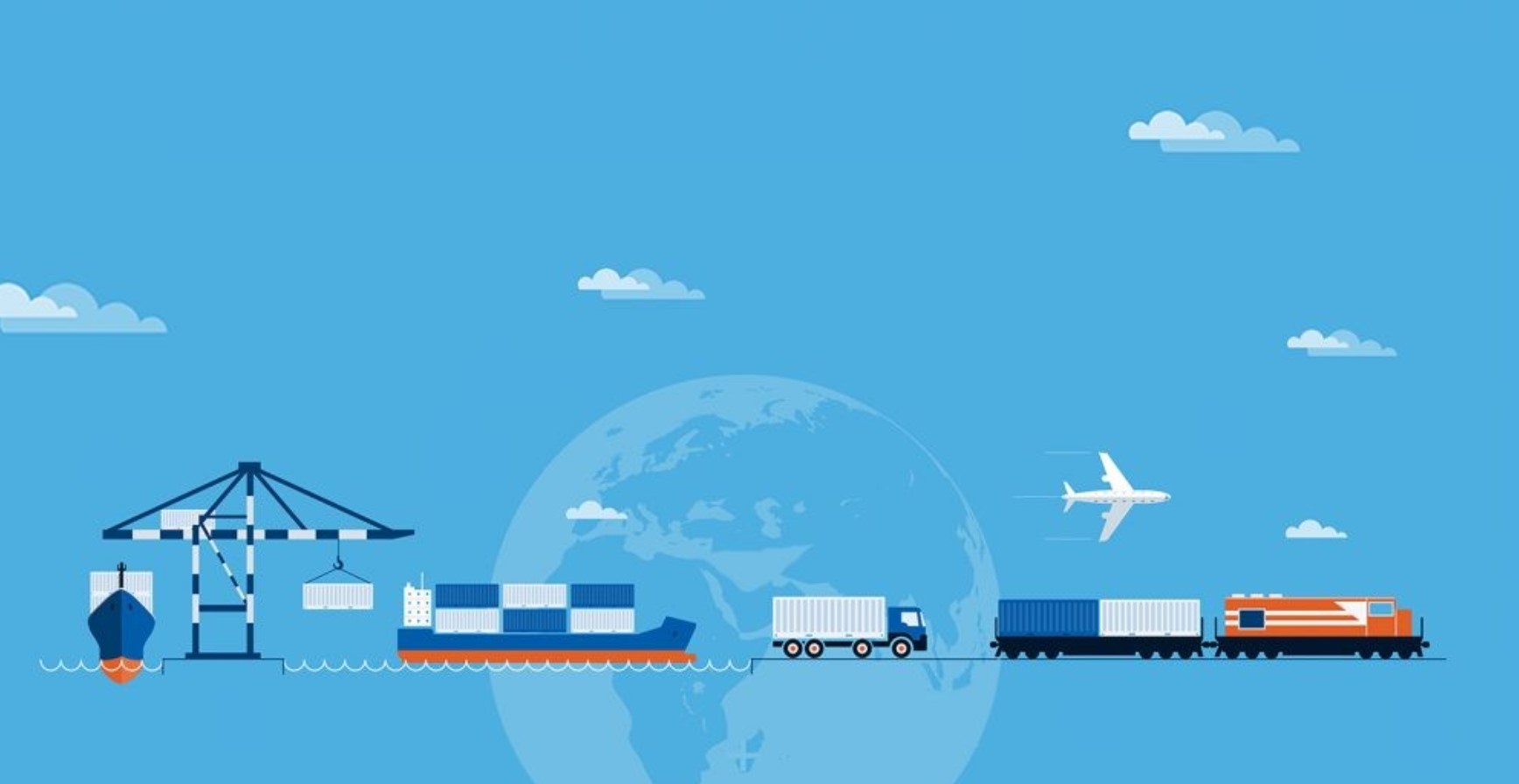———————————————
In the world of global trade, where borders are increasingly becoming conditional, logistics requires solutions that combine speed, reliability, and cost-effectiveness. One such solution is multimodal transportation — a complex but, as Dragon Logistics experience shows, highly efficient form of delivery that allows combining several types of transport within a single route. This approach opens new horizons for both large and small businesses, enabling them to adapt logistics chains to the needs of a specific product, market, or even season.
What are multimodal transportations?
Multimodal (or combined) transportation is a logistics process where cargo is delivered from point A to point B using two or more types of transport: sea, air, rail, road, and others.
A key feature is that the entire delivery is arranged under a single contract and managed by one operator or logistics partner. This significantly simplifies legal and operational processes, reduces coordination time, and helps avoid unnecessary bureaucracy.
Why and who benefits from this?
The world is not perfect in terms of infrastructure. Not every city has a port, not every country has direct air connections, and railway lines don’t reach everywhere. But by combining the advantages of each type of transport, it is possible to create the most efficient logistics chain. Here, multimodality is a unique solution.
Main advantages include:
- route flexibility — delivery can be adapted to geographical features, seasonality, or political situations;
- cost optimization — for example, the cheapest sea transport can be combined with fast air or road delivery for the “last mile”;
- reduced logistics risks — if one transport mode is unavailable, the route can be easily rearranged;
- control and transparency — modern combined solutions integrate real-time tracking, CRM, and automated reporting.
This type of transportation is especially useful for international e-commerce companies delivering small batches of goods worldwide, for manufacturers with multiple sales markets who value flexibility and cannot rely on just one mode of transport. It is also beneficial for exporters and importers who prioritize reliability, predictability, and cost efficiency.
Challenges and prospects
Despite numerous advantages, combined freight transport also faces challenges. These include coordination difficulties at transition points, cargo or storage condition restrictions, and regulations in different countries. However, thanks to the development of digital technologies, global logistics platforms, and cooperation among carriers, these obstacles are gradually being overcome.
In the coming years, an even greater shift toward multimodal solutions is expected, especially due to infrastructure development in Europe, growing trade with Asia, and the need for environmentally friendly delivery.
Multimodal transportation is not just a trend but a strategy for the future, as confirmed by Dragon Logistics specialists. It combines flexibility, economic efficiency, and a global approach to logistics. If your business aims to expand beyond the local market or optimize existing logistics processes, now is the time to consider a comprehensive approach. In a changing world, those who can adapt win. And logistics using various transport modes is precisely the tool that makes business flexible, mobile, and competitive.
